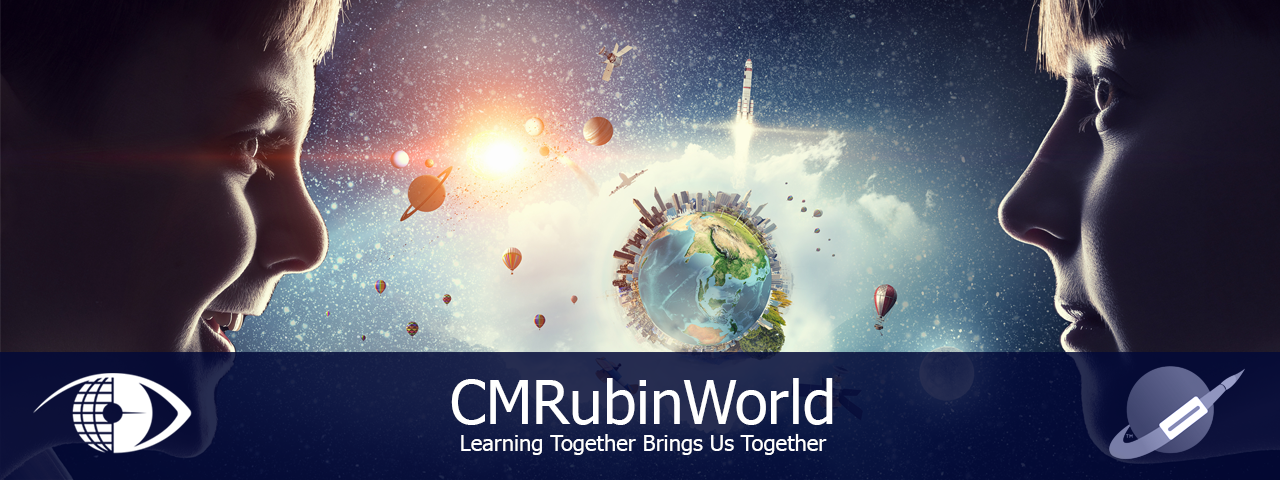This month, audiences can stream AI for a Better World: AI and Tech for Health: WHO’s Andy Pattison. This original series is created and produced by Planet Classroom and explores how artificial intelligence is revolutionizing global health communication.
In the latest episode, host C.M. (Cathy) Rubin interviews Andy Pattison, Team Lead for Digital Channels at the World Health Organization (WHO), to uncover how AI, digital tools, and strategic partnerships are shaping the future of public health. From pandemic lessons to tackling misinformation, nutrition, mental health, and domestic violence, Pattison shares WHO’s latest innovations—including AI-powered chatbots and hyperlocal content strategies—to deliver life-saving health messages to diverse global communities. This episode is produced by Sergio Castaneda.
For a behind-the-scenes perspective, we spoke with episode producer Sergio Castaneda about the creative process, the challenges of editing, and his personal takeaways.
The Global Search for Education is pleased to welcome Sergio Castaneda.
Sergio, what was the most surprising or eye-opening moment for you while editing this episode?
One of the most eye-opening moments in this episode was Andy Pattison’s discussion about creating content for global audiences. He explained the importance of working with influencers to make health communication more engaging. Instead of simply presenting information in a lecture format, WHO collaborates with digital creators on platforms like Fides to make public health messages more dynamic and accessible.
I found this approach fascinating because it challenges the traditional view that health communication should always be formal. Andy emphasized that blending education with entertainment can make critical information more impactful, reaching audiences who might otherwise disengage from traditional health messaging.
As a young editor, what was the biggest challenge in shaping the story of this episode?
One of the biggest challenges was balancing the need to keep the audience engaged while also presenting the technical aspects of Andy’s discussion. His insights into AI-driven health communication are valuable but can be complex, so I had to ensure they were visually and narratively accessible to a broad audience.
A key moment that required extra visual storytelling was when Andy discussed how we are surrounded by digital content, yet many communities worldwide still lack access to reliable health information. To highlight this, I carefully selected footage that contrasted hyperconnected digital landscapes with regions where WHO is working to bridge information gaps. This helped reinforce the urgency of making life-saving health content more universally accessible.
Which questions in the interview led to the most compelling responses, in your view?
One of the most compelling moments came when you (Cathy) asked Andy how WHO would approach a future pandemic preparedness plan. His response was particularly thought-provoking—he pointed out that instead of always “starting from scratch” in crisis planning, we should focus on improving and amplifying existing strategies. This perspective shifts the conversation from reactive measures to proactive solutions, emphasizing the importance of learning from past challenges to better prepare for the future.
This stood out to me because it wasn’t just about what WHO has done—it was a call to action for how global health organizations can refine their approach to crisis management, rather than reinventing the wheel every time a new threat emerges.
What did this project teach you about the power of storytelling in tackling global challenges?
This project reinforced how storytelling plays a crucial role in shaping public understanding and influencing decision-making. AI and digital health strategies can sometimes feel abstract, but framing them through real-world stories makes them more relatable and impactful.
To ensure the episode had both depth and broad appeal, I used a mix of footage—combining Andy’s insights with real-world applications of WHO’s initiatives. By visually connecting his words to concrete examples of AI-driven health interventions, the storytelling became more compelling.
Ultimately, digital storytelling has the power to inform and inspire action. By making complex topics more accessible and engaging, we can help drive meaningful change in public health communication.
Thank you, Sergio!
C. M. Rubin and Sergio Castaneda
Don’t miss AI and Tech for Health: WHO’s Andy Pattison now streaming on the Planet Classroom Network. This film is curated by Planet Classroom.







Recent Comments